Functional Group Transformation. Two particularly useful conversions of alcohols were recently reported. Abdol Reza Hajipour of the University of Wisconsin has found (Tetrahedron Lett. 2006, 47, 4191.
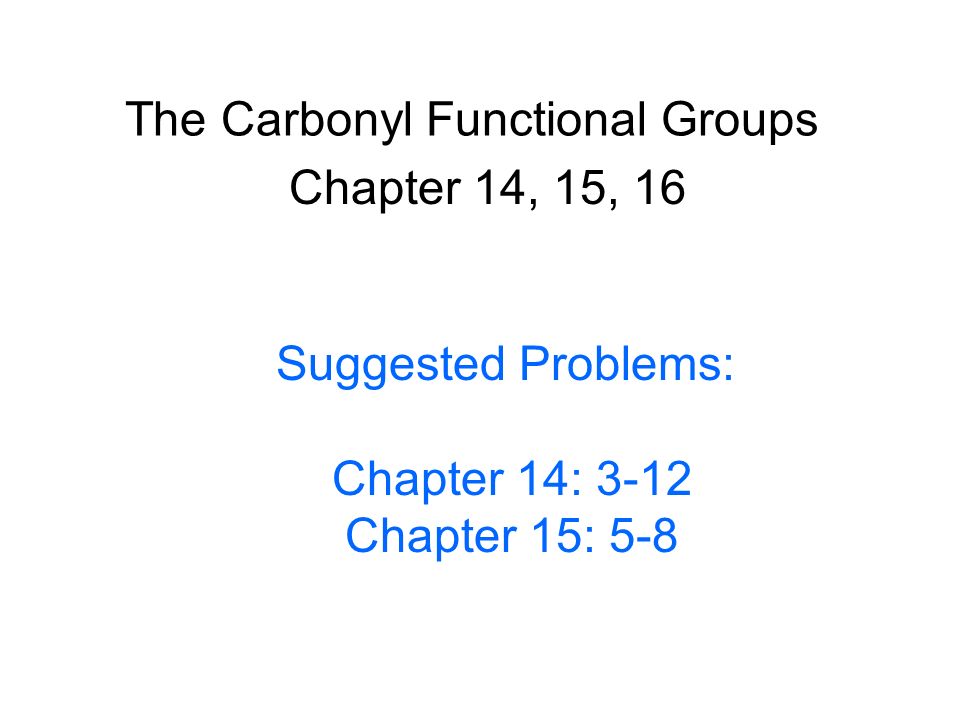
Alkyl Halide: haloalkane, replace X in the drawing with a halogen from the periodic table; when drawing a haloalkane be sure to not forget the lone pairs on X (there are three below)
The Role of Functional Groups. In organic chemistry, a functional group is a specific group of atoms or bonds within a compound that is responsible for the characteristic chemical reactions of that compound.
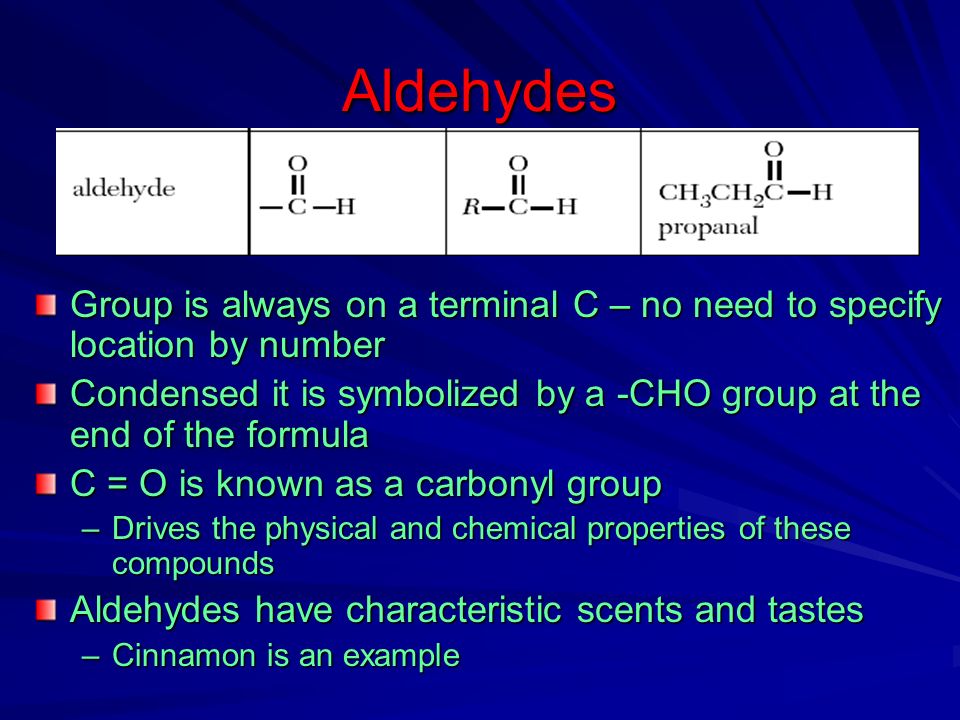


928 CHAPTER 19 • THE CHEMISTRY OF ALDEHYDES AND KETONES. CARBONYL-ADDITION REACTIONS characterized by conversion into two or more crystalline compounds called derivatives.
Aldehydes and Ketones 1. Nomenclature of Aldehydes and Ketones. Aldehydes and ketones are organic compounds which incorporate a carbonyl functional group, C=O.The carbon atom of this group has two remaining bonds that may be occupied by hydrogen or alkyl or aryl substituents.

Structure of aldehydes. In formaldehyde, the simplest aldehyde, the carbonyl group is bonded to two hydrogen atoms.In all other aldehydes, the carbonyl group is bonded to one hydrogen and one carbon group.
An aldehyde / ˈ æ l d ɪ h aɪ d / or alkanal is an organic compound containing a functional group with the structure −CHO, consisting of a carbonyl center (a carbon double-bonded to oxygen) with the carbon atom also bonded to hydrogen and to an R group, which is any generic alkyl or side chain.
Aldehyde – Uses of aldehydes: Hundreds of individual aldehydes are used by chemists daily to synthesize other compounds, but they are less important in industrial synthesis (that is, the production of compounds on a scale of tons).
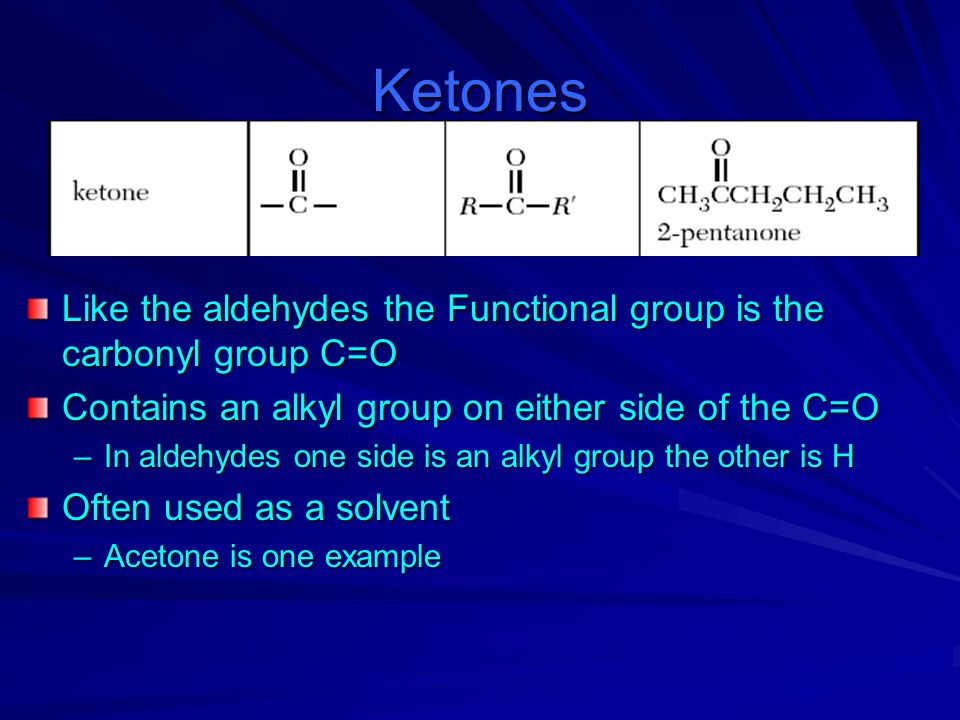

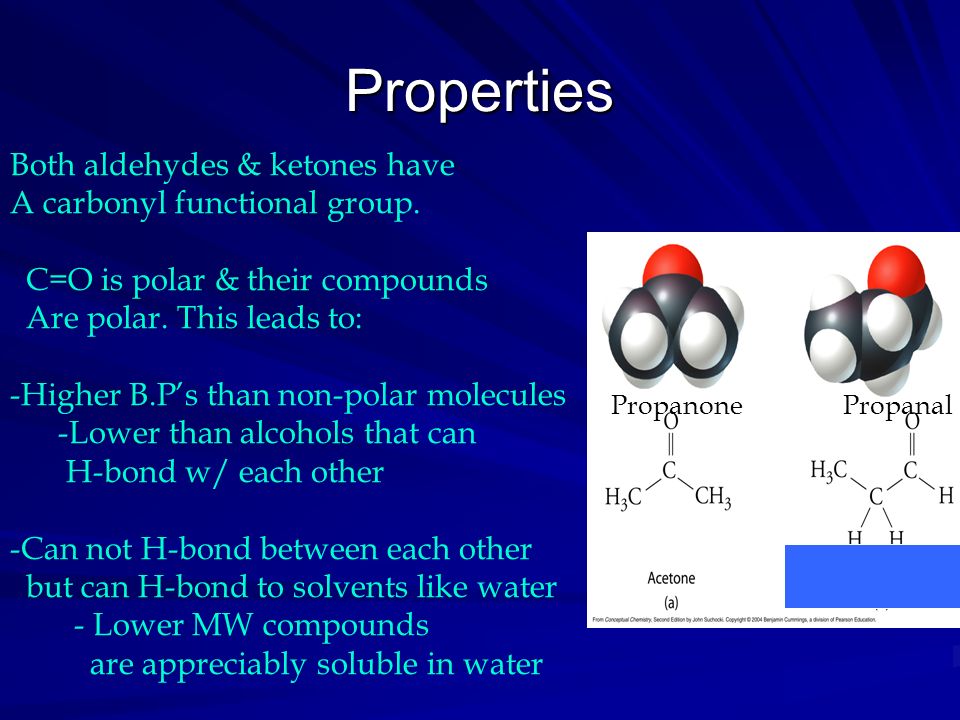
Organic Functional Groups: Aldehydes, ketones, primary alcohols, etc. (Indonesian Translation of this page) Organic chemistry is dominated by the “functional group approach”, where organic molecules are deemed to be constructed from:
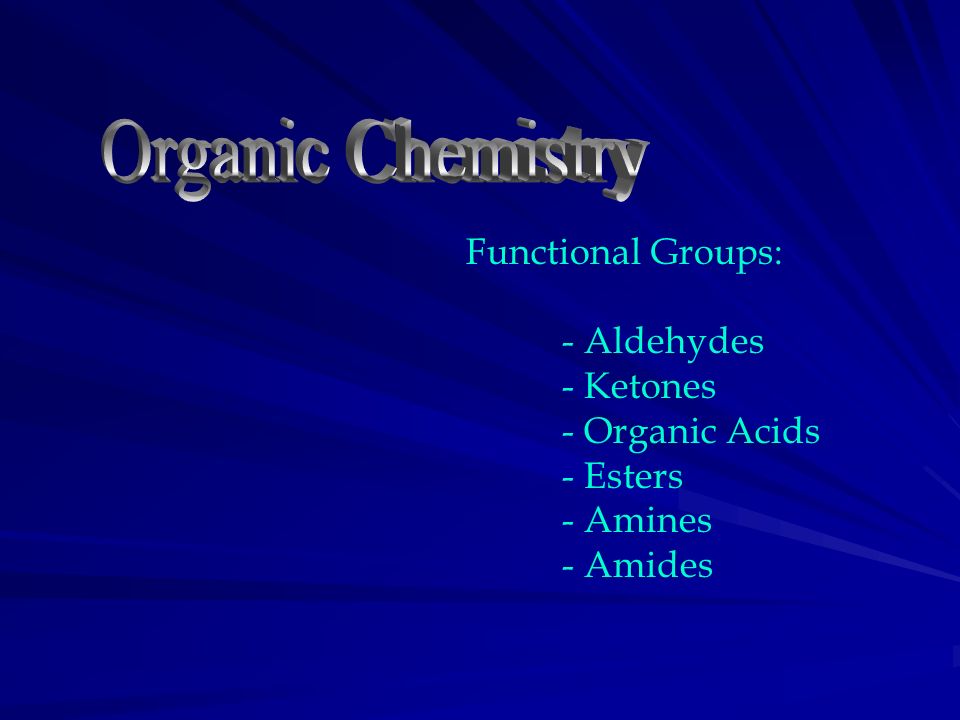
Compounds can be grouped into classes on the basis of which functional group is present (2):

